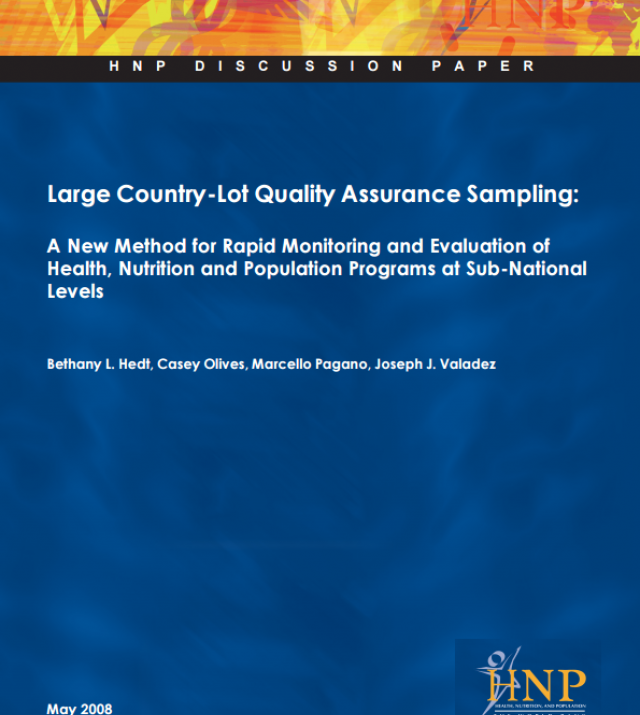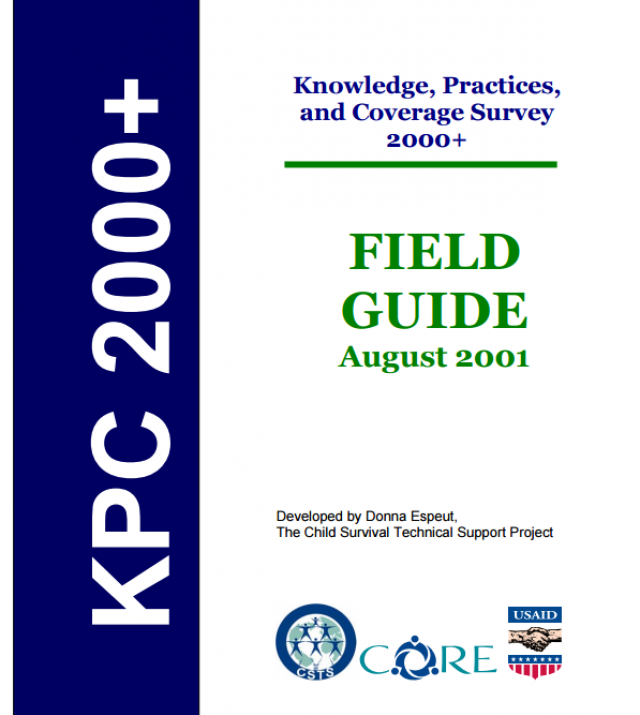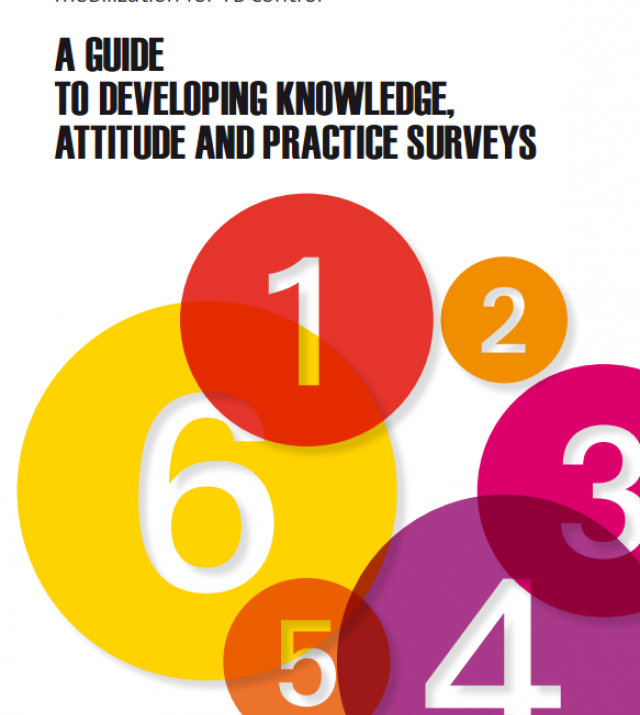
Designing Household Survey Samples: Practical Guidelines

The main purpose of the handbook is to include in one publication the main sample survey design issues that can conveniently be referred to by practicing national statisticians, researchers and analysts involved in sample survey work and activities in countries. Methodologically sound techniques that are grounded in statistical theory are used in the handbook, implying the use of probability sampling at each stage of the sample selection process. A well designed household survey which is properly implemented can generate necessary information of sufficient quality and accuracy with speed and at a relatively low cost.
The contents of the handbook can also be used, in part, as a training guide for introductory courses in sample survey design at various statistical training institutions that offer courses in applied statistics, especially survey methodology.
In addition, the handbook has been prepared to complement other publications dealing with sample survey methodology issued by the United Nations, such as the recent publication on Household Surveys in Developing and Transitional Countries and the series under the National Household Survey Capability Programme (NHSCP).
While having a sampling background is helpful in using the handbook, other users with a general knowledge of statistical and mathematical concepts should also be able to use and apply the handbook with little or no assistance. This is because one of the key aims of the handbook is to present material in a practical, hands-on format as opposed to stressing the theoretical aspects of sampling. Theoretical underpinnings are, however, provided when necessary. It is expected that a basic understanding of algebra is all that is needed to follow the presentation easily and to apply the techniques. Accordingly, numerous examples are provided to illustrate the concepts, methods and techniques.

